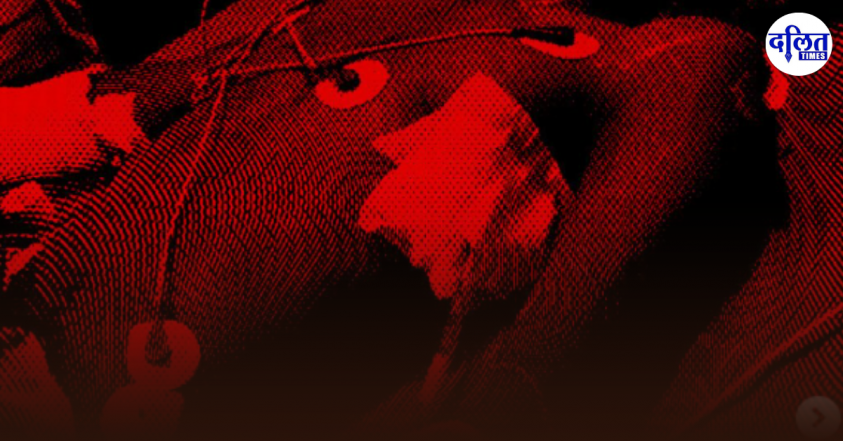In the wake of the assembly and Lok Sabha election in Odisha, the state’s council sees heavy representation of the Scheduled Castes and Scheduled tribes.
Story: Madhvi
Odisha’s new council of ministers, led by Chief Minister Mohan Charan Majhi, includes four tribal and two Dalit members. This strategic move by the Bharatiya Janata Party (BJP) follows their successful penetration of the Dalit-tribal vote bank, previously dominated by the Biju Janata Dal (BJD), in the 2024 assembly and Lok Sabha elections.
In the recent assembly elections, the BJP secured 18 out of 33 reserved Scheduled Tribes (ST) seats, taking nine seats from both the BJD and Congress. In the tribal-dominated Mayurbhanj district, the BJP won all nine assembly constituencies. Additionally, the party won 14 out of 24 seats reserved for Dalits, capturing nine seats from the BJD. The BJP also claimed four of the five Lok Sabha constituencies reserved for tribals and all three reserved for Dalits. The party’s vote share increased by 8% from the 32% it garnered in the 2019 elections.
Also read: Ten years and ten seats down: What happened to BJPs pattern of unanimous victories in Rajasthan ?
Among the 16 ministers sworn in, four are tribals and two are Dalits. The BJP appointed Majhi, a Santhali tribal, as its first tribal chief minister, aiming to reshape its image as a party representing lower castes. This is the first time in Odisha’s history that there are two tribal Cabinet ministers – Rabi Narayan Naik and Nityanand Gond. Additionally, Kolha tribal Ganesh Ram Singh Khuntia has been appointed as a minister of state with independent charge.
Political analyst Rabi Das noted that by appointing Majhi and other tribal ministers, the BJP has effectively communicated that it is no longer an upper-caste party. “This marks a significant shift in a state where tribals and Dalits make up 40% of the population. Traditionally, CMs were from upper castes, but the Majhi ministry reflects a victory for the underprivileged castes, impacting state politics and policies in multiple ways,” Das said.
Also read: A tribal leader Mohan Charan Majhi took an oath as the chief minister of Odisha
Another analyst, Gyana Ranjan Swain, concurred, stating that the BJP’s political messaging with this ministry composition is spot on. He pointed out that while Naveen Patnaik was seen as a progressive chief minister, his cabinets were predominantly upper-caste and coastal representatives. By appointing a tribal CM and including three more tribals in the ministry, the BJP is reaching out to tribals who supported the party in the late 90s but later shifted allegiance to the BJD. Swain emphasized that the BJP’s focus is on forming a social coalition of Dalits and tribals, but further efforts are needed to support these communities, as well as the OBCs, who outnumber the upper castes.



